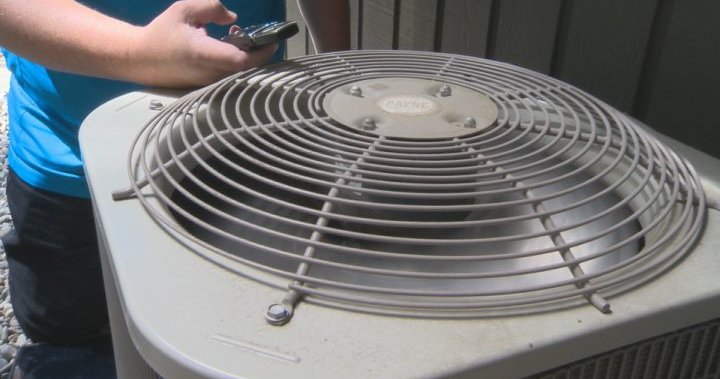Climate scientists have recently identified July 3, 2023, as the hottest day on record in human history. Canada has experienced a series of heat warnings in the past week, highlighting the increased risk of heat-related illnesses and poor air quality. The return of El Niño, a naturally occurring climate pattern, has further intensified the heat, surpassing temperatures seen in the country over the past seven years. However, data reveals that a significant number of Canadians do not have access to air conditioning. According to Statistics Canada, only 64 percent of Canadian households possessed some form of air conditioning in 2021, emphasizing the need for greater coverage. These figures vary across provinces, with Newfoundland and Labrador reporting as low as 19 percent and Manitoba as high as 90 percent.
Dr. Melissa Lem, president of the Canadian Association of Physicians for the Environment, explains that the existing numbers may have sufficed in the past based on local climates, but they are insufficient to combat future heatwaves caused by climate change. Our bodies are naturally designed to function within a narrow temperature range, and exceeding this range can lead to health issues. Dr. Lem emphasizes the importance of providing access to cool indoor environments, whether through personal homes or public spaces, and maintaining social connections, as isolation during extreme heat events increases the risk of death, particularly among vulnerable groups such as seniors.
Additionally, Dr. Lem highlights the significance of considering the method of creating cooler environments. Simply relying on air conditioning may not be the best solution, as it can generate increased carbon emissions and contribute to further temperature rises. In her view, it is crucial to focus on electrifying cooling systems and reducing reliance on fossil fuels. For example, retrofitting buildings with heat pumps that can provide cooling alongside addressing climate change concerns would be a more effective approach.
A University of Waterloo researcher, Joanna Eyquem, explains that using air conditioning can also present challenges. Urban areas tend to be 10 to 15 degrees warmer than surrounding rural areas due to factors such as the expulsion of hot air from air conditioning units and the heat retention of artificial surfaces. Moreover, the widespread use of air conditioning in hot weather can strain the power grid, potentially leading to blackouts and further complications. Eyquem suggests that adaptation is necessary and involves measures such as improving insulation in homes, increasing green spaces in cities, reducing heat-absorbing concrete and metal, and planting more shading trees.
Both Eyquem and Dr. Lem emphasize the need for national and provincial governments to update building codes to ensure that living spaces are designed to be cooler. Merely relying on air conditioning is not enough; passive approaches that prevent heat from entering homes need to be implemented. Both experts stress that adaptation measures should be implemented swiftly and at a large scale to protect lives effectively.
Overall, it is crucial to address the issue of inadequate access to cooling systems in Canada, especially considering the increasing frequency and intensity of heatwaves caused by climate change. This requires a comprehensive approach that combines improving infrastructure, promoting sustainable cooling methods, and incorporating nature-based solutions for a cooler and safer environment.
Denial of responsibility! VigourTimes is an automatic aggregator of Global media. In each content, the hyperlink to the primary source is specified. All trademarks belong to their rightful owners, and all materials to their authors. For any complaint, please reach us at – [email protected]. We will take necessary action within 24 hours.


